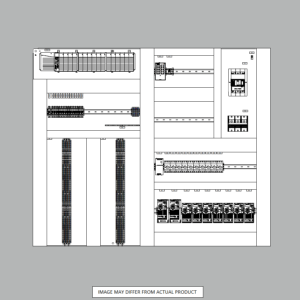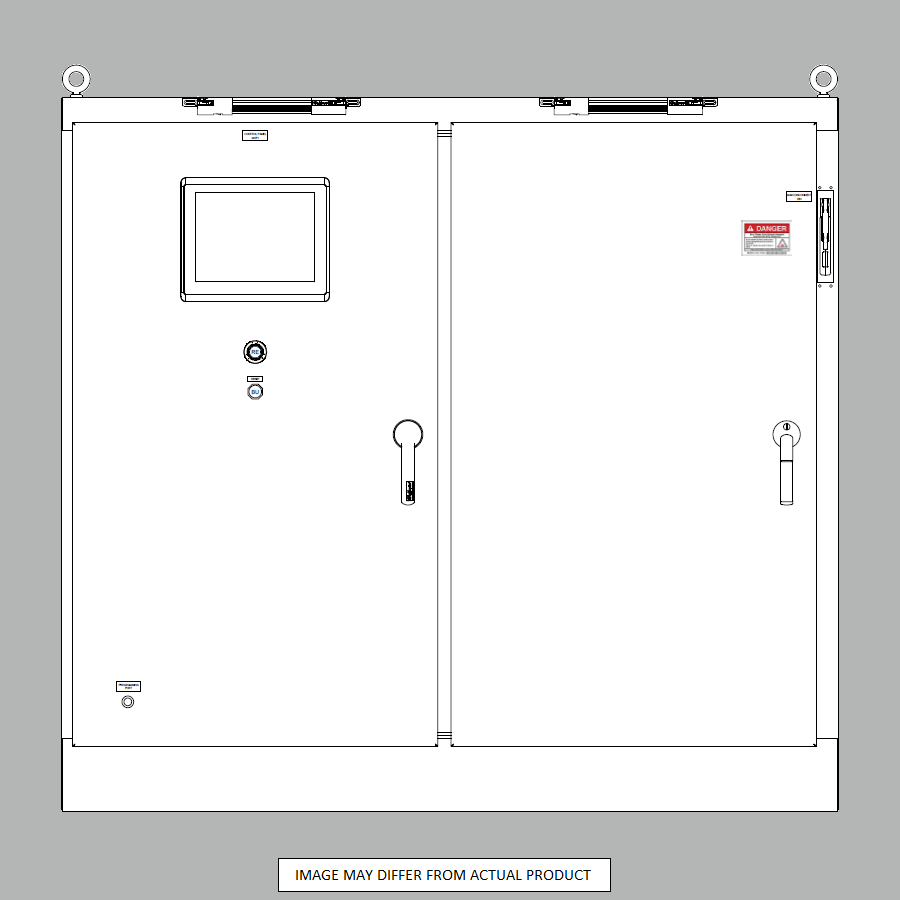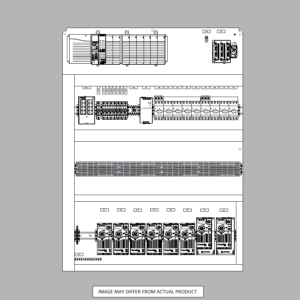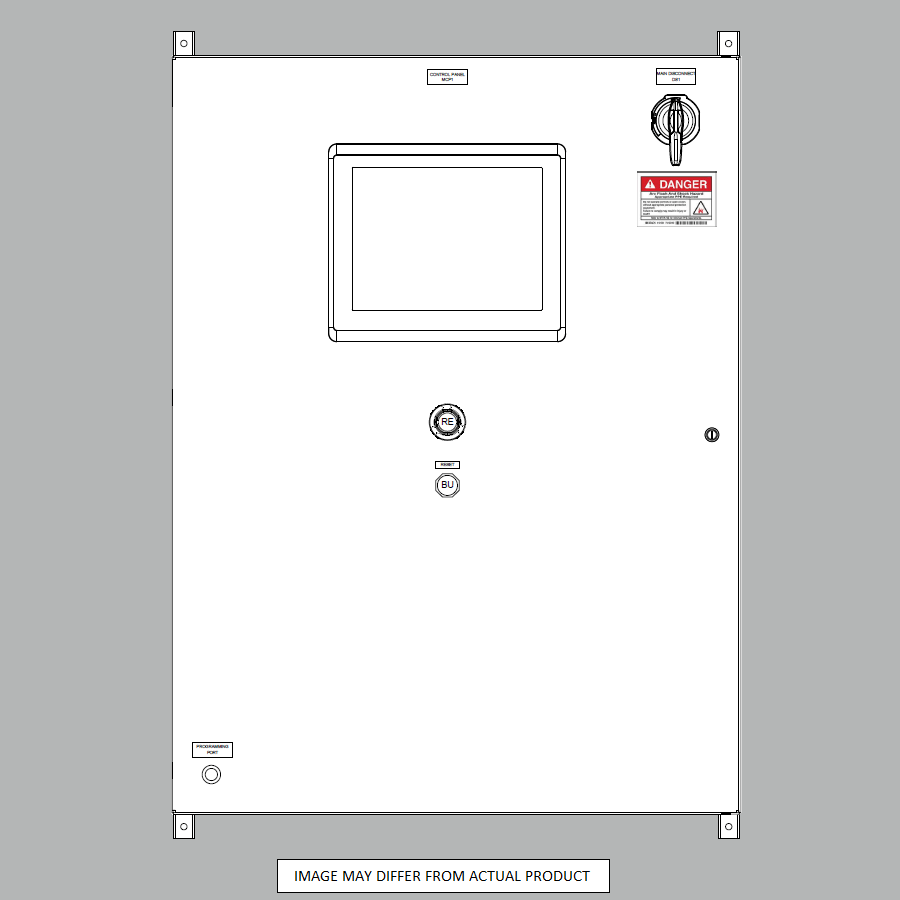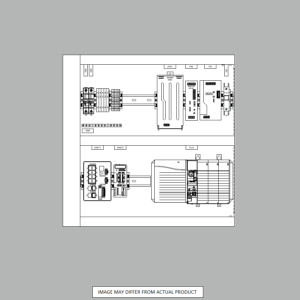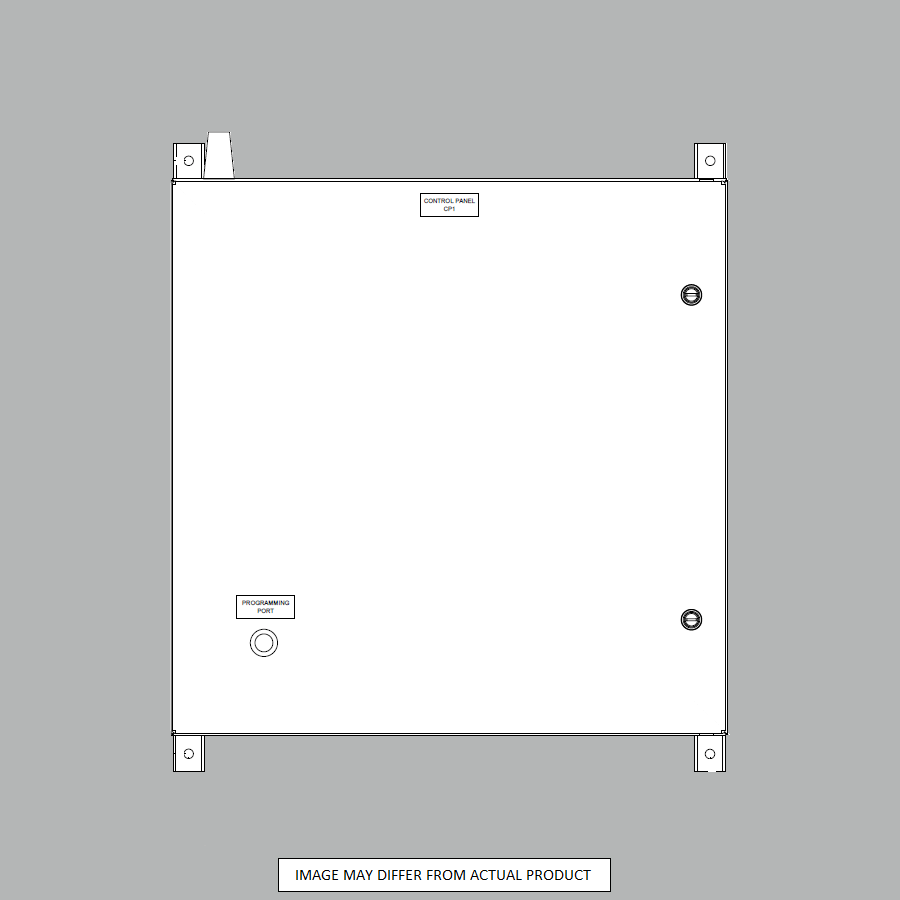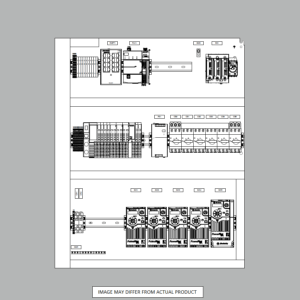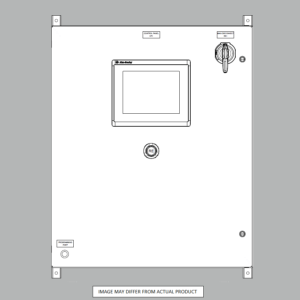IO-Link Technology: Understanding It and its Benefits for Devices
IO-Link is a worldwide open-standard protocol that enables fast, bidirectional digital communication between sensors, actuators, and controllers on the factory floor. This article explains IO-Link, its benefits, and how it transforms industrial automation and device integration.
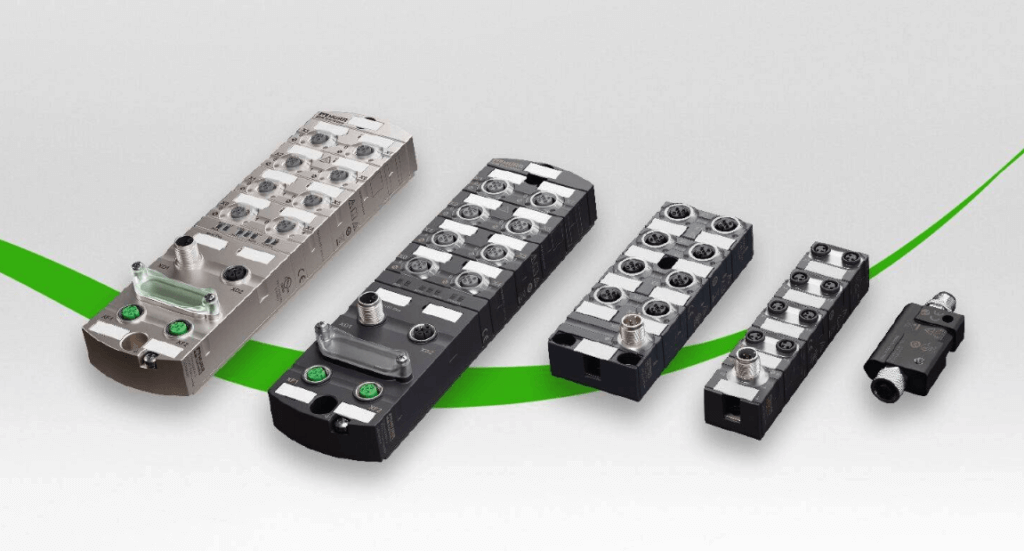
Article Outline
- What is IO-Link Technology and Why it Matters
- Key Benefits of Adopting IO-Link Technology
- How Does IO-Link Work?
- What are the Key Features of IO-Link?
- Which Devices Can Be IO-Link Enabled?
- How Does IO-Link Benefit Sensor and Device Integration?
- How is IO-Link Different from Traditional Field buses?
- Key Takeaways and Conclusion
What is IO-Link Technology and Why it Matters
IO-Link, or IEC 61131-9, is an open standard for industrial communications between sensors, actuators, and controllers. It is based on a point-to-point interface between the IO-Link master and the device.
IO-Link offers complete flexibility when connecting simple switches, sensors, and actuators. It enables two-way digital communication between the controller and devices, allowing for the transmission of parameter configuration, process, and diagnostic data.
This intelligent, single-drop digital communication interface provides major advantages over traditional sensor/actuator communication:
- Easy integration and reduced wiring complexity
- Remote parameter configuration and setup
- Access valuable device data like temperature, switching counter, errors, etc.
- Future-proof thanks to open standard
With IO-Link, sensors and actuators become intelligent and offer added value to the automation system. Keep reading to understand how.
Key Benefits of Adopting IO-Link Technology
Here are some of the major benefits that IO-Link technology provides:
1. Flexible Device Integration
IO-Link allows easy integration of different sensors and actuators from various manufacturers using a standardized M12 connection system. This plug-and-play capability drastically reduces engineering time and costs.
2. Reduced Wiring Complexity
IO-Link uses a simple 2-wire unshielded cable for communication and power supply. This simplifies wiring, reduces cabling costs, and minimizes errors. No special Ethernet, fieldbus, or industrial Ethernet expertise is required.
3. Remote Parameter Configuration
Device parameters like thresholds, counters, etc., can be configured remotely over IO-Link communication without accessing the device itself. This saves time and enhances flexibility.
4. Real-Time Process and Diagnostic Data
IO-Link provides bi-directional communication, allowing real-time process data to be monitored. It also enables access to diagnostic data like temperature, switching cycles, errors, etc.
5. Improved Availability
Early fault detection and remote predictive maintenance help spot issues before they cause downtime. This optimizes machine availability.
6. Simplified Automation Structure
IO-Link reduces hardware requirements. One master can integrate multiple devices, replacing interface modules, amplifiers, and opto-isolators.
7. Future-Proof Standardized Solution
IO-Link is an open, global communication standard many device manufacturers and industrial networks support. This ensures compatibility and protects investment.
How Does IO-Link Work?
IO-Link uses a simple point-to-point connection between an IO master module and the IO device. Here is an overview of how it works:
- The IO master acts as the gateway, connecting multiple IO devices to a higher-level control system like a PLC. It handles parameter management and continuous data exchange.
- The IO device can be any sensor, switch, valve, or actuator with an integrated IO-Link communication interface. It exchanges data with the master.
- Digital switching signals are transmitted over the standard 3-wire cable – C/Q for communication, 24V for power supply, and 0V/GND.
- The COM1/COM2/COM3 communication ports connect the device and master for bi-directional data exchange.
- Parameter, process, and diagnostic data are transmitted digitally using the SIO mode binary modulation scheme.
This simple architecture reduces hardware requirements and enables easy device integration.
What are the Key Features of IO-Link?
Some major features of the IO-Link communication interface are:
- Open standard published as IEC 61131-9, allowing device interoperability
- Bi-directional communication for data exchange in both directions
- Digital transmission of switch signals and analog values
- Transmission speed up to 230.4 kbps in COM3 mode
- Cable length up to 20m between master and device
- Support for transmitting process, service, and diagnostic data
- Storage of device parameters in the master, allowing simple device replacement
- Hot plugging for connecting IO-Link devices during operation
These capabilities make IO-Link a versatile option for sensor/actuator communication.
Which Devices Can Be IO-Link Enabled?
Many different sensors and actuators used in industrial automation can be IO-Link enabled:
- Photoelectric sensors – Retro-reflective, through-beam, diffused proximity
- Inductive sensors – Standard, global, high-temperature
- Capacitive sensors – Standard, flush mount, liquid level
- Magnetic sensors – Reed, Hall-effect, safety magnetic switches
- Ultrasonic sensors – Proximity, positioning, distance measurement
- Vision sensors – 1D/2D code readers, OCR, Positioning
- RFID systems – Readers and tags
- Valves and valve systems – Solenoid valves, valve terminals
- Motor starters and drives – Soft starters, variable frequency drives
- Linear position sensors – Magnetostrictive, inductive, magnetic tape
- Process instrumentation – Pressure, temperature, level, flow transmitters
- Identification systems – RFID/barcode markings and readers
This allows easy integration of intelligent sensors and actuators into the control architecture.
How Does IO-Link Benefit Sensor and Device Integration?
Here are some key benefits of using IO-Link for sensors and actuators:
- Reduced downtime due to remote diagnostics and predictive maintenance
- Simplified installation with easy connection of devices from different vendors
- Improved OEE through better machine availability and utilization.
- Lower costs due to reduction in control cabinets, wiring, and I/O interfaces
- Flexibility to quickly adjust sensor parameters like sensitivity, thresholds, etc.
- Enhanced performance by eliminating interference-prone analog signals
- Future-proof solution that utilizes open standards for long-term reliability
Overall, IO-Link-enabled devices provide complete digital transparency for smarter automation systems.
How is IO-Link Different from Traditional Fieldbuses?
While IO-Link is considered a field, it has some key differences from traditional field buses like Profibus and Profinet:
- Point-to-point interface – Direct connection between master and device, unlike the network architecture of traditional buses
- Simple wiring – Standard unshielded 3-wire cable versus specialized fieldbus wiring
- Data transmitted – Focus on device parameters and diagnostics, unlike process data focus of field buses
- Ease of use – Simple integration of sensors and actuators, unlike complex fieldbus configuration
- Investment protection – Utilizes existing fieldbus infrastructure with gateways
- Future-proof – Globally accepted standard that keeps evolving
IO-Link complements field buses by bridging the gap between sensor/actuator and higher-level bus communication.
Key Takeaways and Conclusion
Here are the main points to remember about IO-Link technology:
- It is an open, global standard for communication with sensors and actuators
- Provides bi-directional digital data transfer for configuration, control, and monitoring
- Allows easy integration of different devices using standard M12 connectors
- Enables remote parameter setting without accessing devices
- Transmits process and diagnostic data for smarter devices
- Simplifies wiring using unshielded 2-wire cable
- Complements field buses like Profibus/Profinet at the device level
- Offers future-proof solutions based on evolving IEC standard
- Leading technology for Industry 4.0 and IIoT due to device interconnectivity
IO-Link is a versatile digital communication interface for smart sensors and actuators. It is becoming crucial for enabling transparency, flexibility, and connectivity in industrial automation. The global acceptance of this open standard shows its importance for the industry.
IO-Link enriches data exchange to increase productivity through easy device integration and access to valuable diagnostic information. The wide range of IO-Link-enabled devices makes the integration of sensors and actuators seamless, allowing businesses to automate processes faster. With remote parameter programming and bidirectional communication capabilities, IO-Link is undoubtedly the technology standard for digital sensors and actuators.
Get in touch with Automation Ready Panels today and answer your IO-Link Technology questions.
-
Large Process Automation: Panelview 5000, ControlLogix 5580
$24,073.00 Select options -
Small Process Automation: Panelview 5000, ControlLogix 5580
$20,321.00 Select options -
Small Process Automation: ControlLogix 5580, UPS Battery Backup, Cellular Modem
$18,999.00 Select options -
Advanced Automation: Panelview 5000, Safety CompactLogix 5380
$10,269.00 Select options

